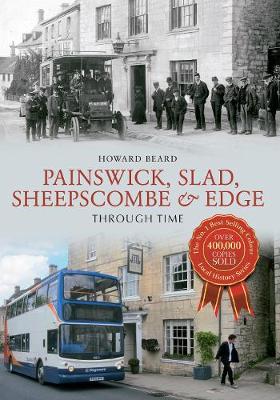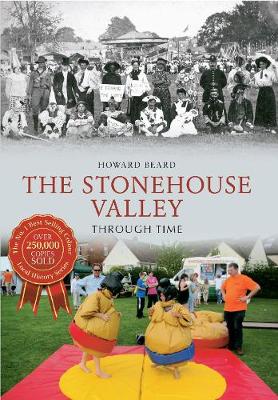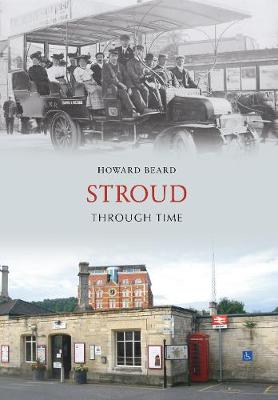Through Time
5 total works
This fascinating photographic collection represents a journey both through time and also along the byways of a truly scenic part of rural England. Edwardian photographers' lenses enable us to glimpse celebrations such as Empire Day, we revisit tranquil streets with long-closed shops and pubs and we witness the arrival of the first local motor bus in 1905. Victorian bowls players are shown, along with solemn-faced schoolchildren wearing starched pinafores and Eton collars. The present day images include Painswick's Art Couture Festival, together with views taken from Painswick Beacon and from the church tower. Artists such as Montague Rivers reveal how they interpreted the architecture and townscapes of long ago. Nor, of course, would the Slad chapter be complete without photographs of both Laurie Lee and the legendary Rosie.
Lying together in one of Stroud's five valleys, Nailsworth and Woodchester provide an interesting contrast with one another. As a parish, the former is only just over a century old, created from portions of Avening, Horsley and Minchinhampton, while Woodchester has pre-Conquest roots and is the site of the great Roman villa, with its celebrated Orpheus Mosaic. Both parishes possess many fine buildings and are home to thriving, vibrant communities. Using period and modern photographs, this book aims to highlight changes in Nailsworth and Woodchester over the last century or so. Matching images invite the reader to compare how landscape, architecture and street scenes have altered and to enjoy fascinating glimpses of Victorian and Edwardian people going about their daily lives.
Minchinhampton & Amberley Through Time is a unique insight into the illustrious history of this part of the Cotswolds. Reproduced in full colour, this is an exciting examination of Minchinhampton and Amberley, the famous streets and the famous faces, and what they meant to the people in this community throughout the 19th and into the 20th Century. Looking beyond the exquisite exterior of these well-kept photos, readers can see the historical context in which they are set, and through the author's factual captions for every picture and carefully-selected choice of images, the reader can achieve a reliable view of this area's history. Readers are invited to follow a timeline of events and watch the changing face of Minchinhampton and Amberley, as we are guided through the local streets. There is something for everyone here, whether they have lived in the area all their lives, or whether they are just visiting. It also shows how photography has continually evolved to keep up with an ever-changing society.
Westward from Stroud the Stonehouse Valley widens out to include Cainscross, Ebley, the Stanleys and then the town of Stonehouse itself before becoming absorbed into the main Severn Vale. In this fascinating book, the reader takes a journey along the Valley, with contrasting photographs demonstrating how landscapes, street scenes and buildings have altered over the last century or so. Edwardian children are seen at play, while early motoring, canal life and shop traders are also depicted.Pageants, carnivals and outings of long ago appear, together with a century-old electioneering scene, a cinema that was converted into a 1920s garage and a steam launch on a restored section of the Stroudwater Canal. Diamond Jubilees more than 100 years apart are featured and - unexpectedly - we meet an elephant in Leonard Stanley. This is a book packed with history, nostalgia and the odd surprise.
Stroud is a fascinating Cotswold market town, built on a hillside at the convergence of five valleys. Into its rich history are woven many strands : the story of the wool trade, the arrival of canals and railways, the construction of fine public buildings and the development of streets, parks and shops. In the past few decades it has also attracted artists and has become strongly associated with green issues. Ninety-four classic old photographs - some never ever published before - are produced in an attractive sepia tone, accompanied by a modern colour photograph with an accompanying caption. The book focuses on the changing scene and highlights how the passage of time has affected the appearance of Stroud, its businesses, places of worship and open spaces.




